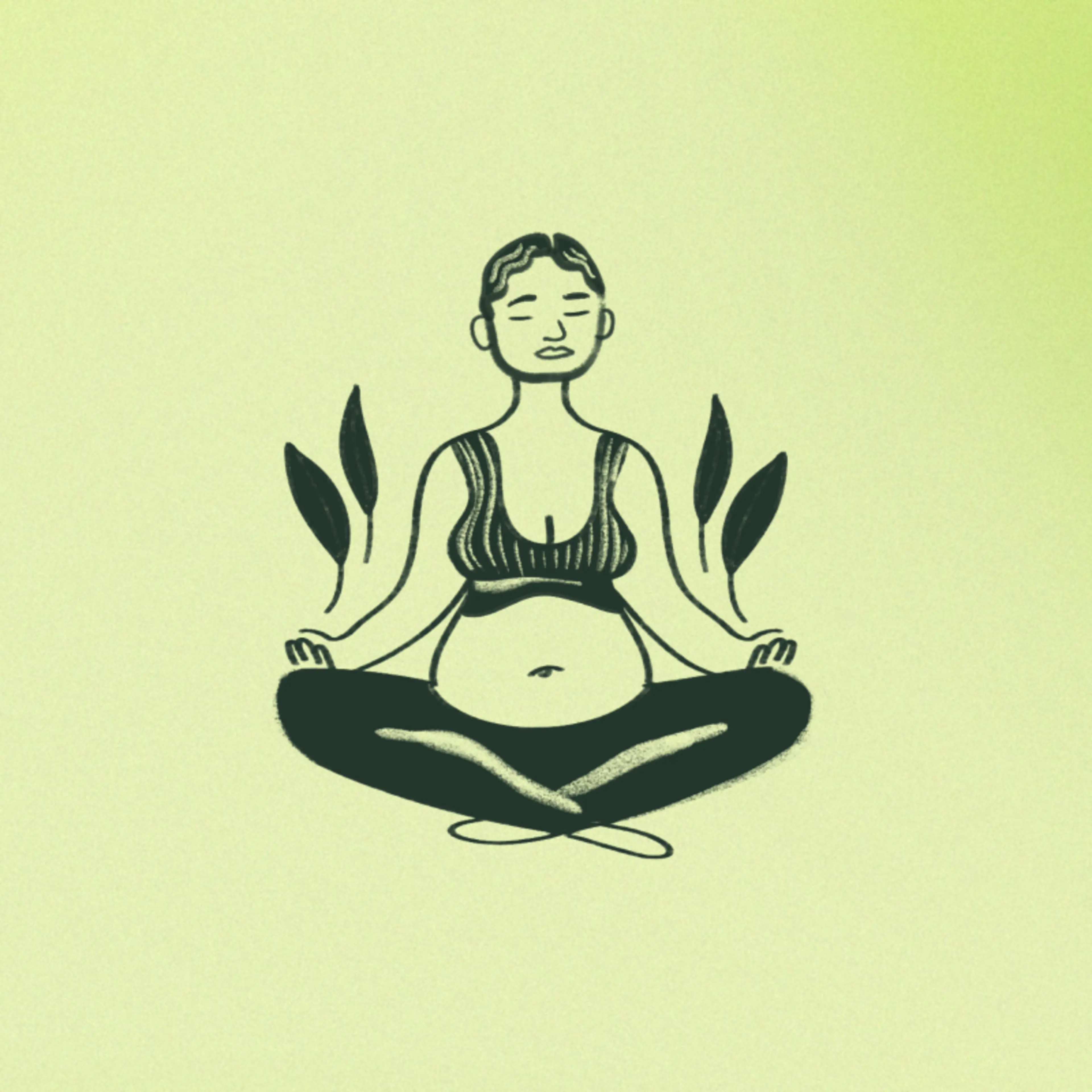Like with a lot of exercise recommendations during pregnancy, it depends.
One of the concerns with a plank specifically is diastasis recti, or a separation of the rectus abdominal muscles and a widening of the linea alba (the connective tissue running down the middle of your abdomen) of more than two centimeters. It’s been suggested that diastasis recti is a normal adaptation that occurs during pregnancy—it’s your body's way of making room for the baby. In fact, one study 1 found that 100% of pregnant people who reach 35 weeks of pregnancy will have a diastasis.
Because of this, you can’t necessarily prevent a diastasis during pregnancy, but you can be aware of factors such as increased intra-abdominal pressure 2 , like in a plank, that you can control to reduce your overall risk for persistent diastasis postpartum.
If you notice abdominal bulging (a sign of inability to control intra-abdominal pressure) 3 while in a plank position, it may be time to stop or modify. You can modify a plank by placing your hands on a raised surface, like a bench, chair, or wall.
Some pregnant people will be able to perform a plank with good control of their abdominal wall into their third trimester, while others won’t, so it’s best to work with a physical therapist or prenatal exercise specialist to guide you in exercise selection and modifications that are best for you during your pregnancy.










